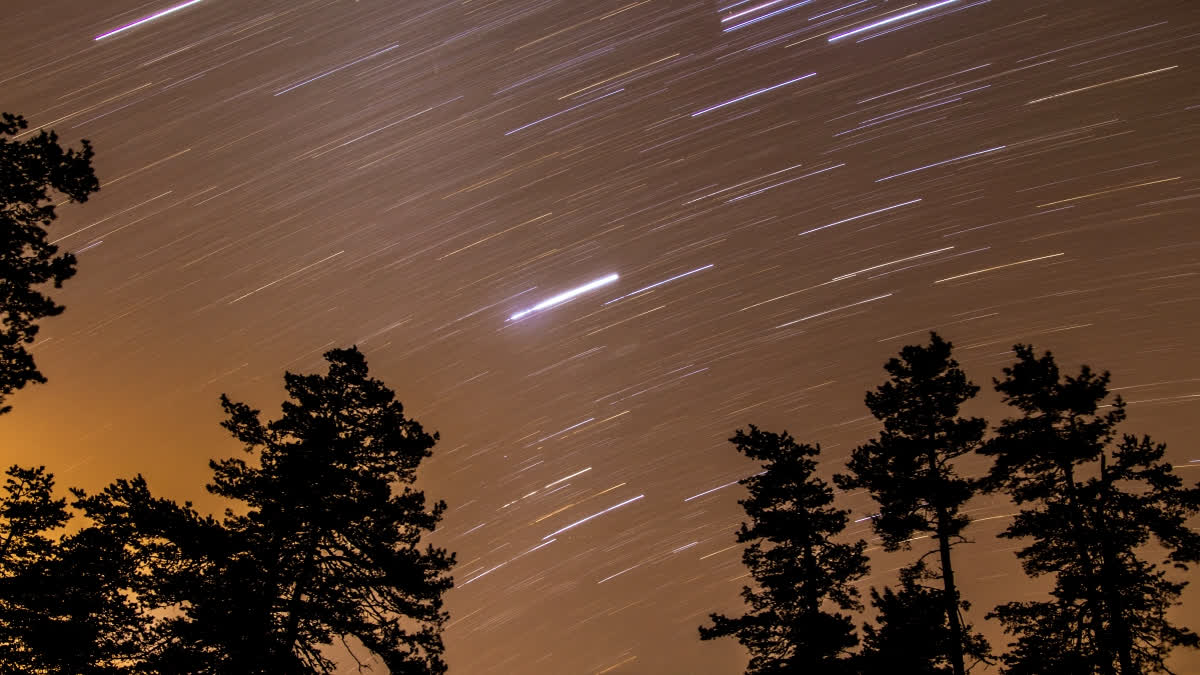Hyderabad: The Quadrantid meteor shower, first from 2024 is currently in active mode and is set to produce its peak rate of meteors on January 4. The Quadrantids, which peak during early January each year, are considered to be one of the best annual meteor showers. Most meteor showers have a two-day peak, which makes catching sight of these other meteors much more possible. On the other hand, the Quadrantids' peak is much shorter, spanning only a few hours.
Quadrantids are also known for their bright fireball meteors. Fireballs are larger explosions of light and colour that can persist longer than an average meteor streak. This is because fireballs originate from larger particles of material. Fireballs are also brighter with magnitudes brighter than -3.
What is a Quadrantid meteor shower? The Quadrantid meteor shower is an annual meteor shower that usually occurs in early January. It is known for its short, but intense peak. It's named after the obsolete constellation Quadrans Muralis. The shower originates from asteroid 2003 EH1, first observed at Lowell Observatory in Flagstaff, Arizona in 2003. The peak of the Quadrantids usually lasts for a few hours. During this time, observers can sometimes see up to 60 to 120 meteors per hour under optimal conditions.
According to the American Meteor Society, the Quadrantids have the potential to be the strongest shower each year, but they usually fall short due to the short length of maximum activity, i.e., just six hours. Also, the poor weather experienced in early January further obstructs the Quadrantids from being the strongest.
Time for India: According to In The Sky, the peak is expected to take place at 4 pm IST on January 4 and can be best visible around dawn on January 4 and after the radiant rises on January 5.
Viewing tips: To view the Quadrantids, find an area well away from the city or street lights. Come prepared for winter weather with a sleeping bag, blanket, or lawn chair. Lie flat on your back with your feet facing northeast and look up, taking in as much of the sky as possible. In less than 30 minutes in the dark, your eyes will adapt and you will begin to see meteors. Be patient – the show will last until dawn, so you have plenty of time to catch a glimpse.
Where do meteors come from? Meteors come from leftover comet particles and fragments of broken asteroids. As these objects orbit the Sun, the dust they emit gradually spreads out along their orbit into a dust trail. Every year, the Earth passes through this debris, allowing pieces to hit our atmosphere, where they break up, creating fiery, colourful streaks across the sky.



